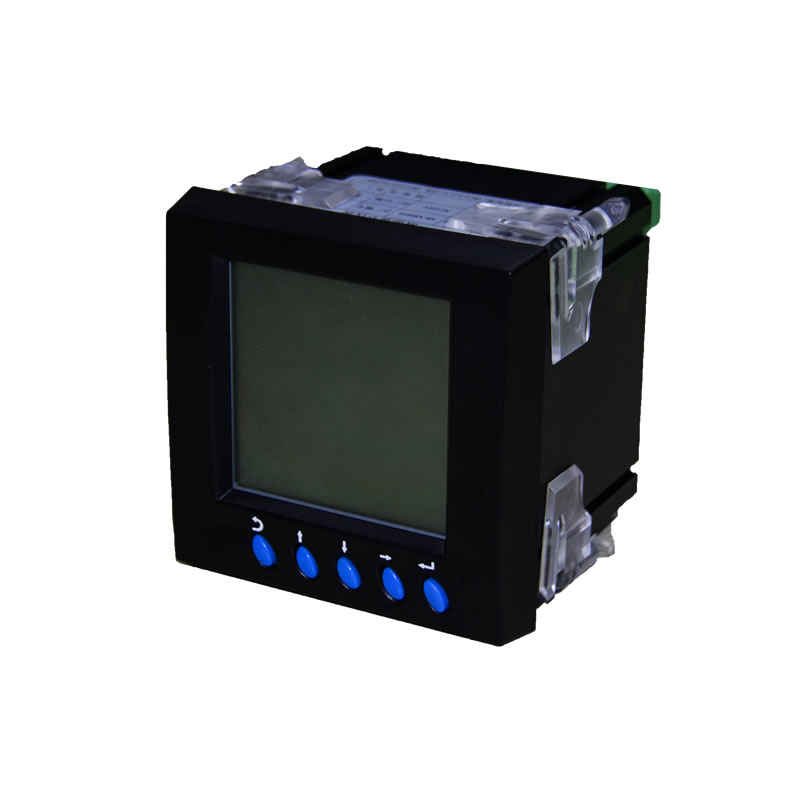Introduction to Microwave Electromagnetic Fluorescence Fiber Temperature Measurement System
Microwave belongs to ultra-high frequency electromagnetic waves, which have strong electromagnetic fields. При использовании обычных датчиков температуры (такие как термопары, thermal resistors, и так далее.) для измерения температуры, metal temperature probes and wires produce induced currents under the high-frequency electromagnetic field. Due to skin effect and eddy current effect, their own temperature rises, causing serious interference to temperature measurement, resulting in significant errors in temperature readings or unstable temperature measurement. Следовательно, the fluorescence fiber temperature measurement system independently developed by Fuzhou INNO is a non-interference temperature sensor in the microwave field. Микроволновая волоконно-оптическая система измерения температуры использует характеристики оптоволоконного флуоресцентного измерения температуры, который невосприимчив к полям электромагнитного излучения, для точного измерения температуры нагреваемого объекта в резонаторе СВЧ на сверхвысоких частотах, сильное электромагнитное поле, и среда с сильными помехами; А точное измерение температуры было достигнуто с помощью щупа флуоресцентного датчика температуры. The fiber optic temperature measurement system is suitable for integrating single channel or multi-channel temperature measurement, and the fluorescent fiber optic temperature measurement device is particularly suitable for precise temperature measurement under environmental interference such as thermal therapy, electromagnetic, high-frequency, and microwave.
Оптоволоконный щуп состоит из трех частей: Разъем ST, оптоволоконный кабель, и конец датчика температуры. Разъем ST является соединительной частью с фотоэлектрическим модулем; Оптоволоконный кабель является передающей частью, с кварцевым волокном внутри. Кварцевое волокно имеет покрытие и оболочку снаружи, и защитный чехол из тефлона с внешней стороны; Конец датчика температуры содержит чувствительные к температуре редкоземельные материалы, которые используются для генерации оптических сигналов, содержащих информацию о температуре; Оптическое волокно устойчиво к высоким температурам 200 °C и имеет внешний диаметр 3 мм. Радиус длительного изгиба 13,2 см. Кратковременный радиус изгиба 4,4 см. Когда расстояние между оптоволоконным проводом и землей составляет 0,4 м, он может выдерживать напряжение силовой частоты 100 кВ в течение всего времени 5 протокол.
Characteristics of Fluorescent Fiber Temperature Sensor for Microwave Electromagnetic Interference Environment
Оптоволоконные датчики температуры по своей сути безопасны, устойчив к сильным электромагнитным помехам, имеют хорошую электроизоляцию, Стабильная работа, коррозионная стойкость, и длительный срок службы; Высокая точность измерения температуры, Широкий диапазон измерения температуры, и гибкая конфигурация каналов измерения температуры; Простая установка, Гибкое сетевое взаимодействие, Стандартизированная передача данных, Высокая экономичность, и стабильное качество; Предпочтительный продукт для контроля температуры высокочастотного и микроволнового оборудования.

Fluorescent fiber optic temperature measurement belongs to the contact type temperature measurement method. This device achieves temperature measurement based on the length of fluorescence afterglow lifetime. The fluorescent substance applied to the remote temperature measuring end will emit corresponding fluorescence energy when stimulated by specific wavelengths of light. After removing the excitation of specific wavelengths of light, the fluorescence afterglow begins to decay. The duration of fluorescence afterglow depends on the temperature of the fluorescent substance located on the temperature measuring probe, То есть, the temperature of the substance to be measured. The selection of specific wavelength light excitation is matched with the selected fluorescent substance, and the most effective excitation wavelength of different fluorescent substances is different. When choosing, it is important to focus on selecting the light wavelength that is most suitable for exciting fluorescent substances. The attenuation curve of fluorescent substances excited by light is usually in a single exponential form.
Practical Application Cases of Fiber Optic Temperature Measurement System in Microwave Electromagnetic Environment
 |
 |
 |
 Волоконно-оптические датчики температуры INNO ,Системы контроля температуры.
Волоконно-оптические датчики температуры INNO ,Системы контроля температуры.


